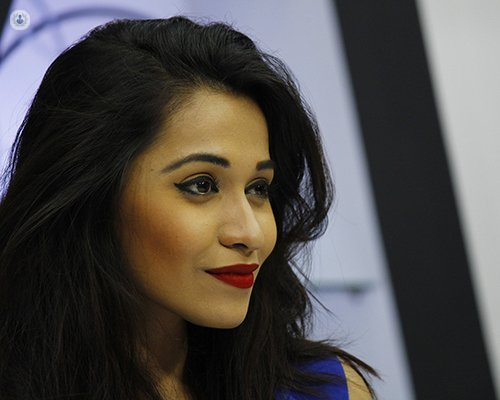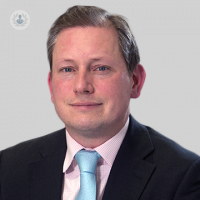All you need to know about ethnic rhinoplasty
Written by:The ideal appearance of the nose is unique to each individual, and is specific to the race and culture of a person. Essentially, all rhinoplasty procedures are ethnic as they consider the nasal shape, skin and facial proportions of the person’s ethnicity, whatever it may be. Mr William Townley, a leading plastic surgeon, discusses what ethnic rhinoplasty is.

What is ethnic rhinoplasty?
In the UK, the term ethnic rhinoplasty refers to nose reshaping procedures in non-Caucasian patients and, therefore, encompasses a wide range of ethnicities from Asian, Middle Eastern, Afro-Caribbean and Mediterranean. Ethnic rhinoplasties are common in a multicultural city such as London, and make up 30-40% of rhinoplasty procedures in Mr Townley’s practice.
Why is ethnic rhinoplasty different to standard rhinoplasty procedures?
Although the basic skills required are the same for all kinds of rhinoplasty surgery, including ethnic rhinoplasty, the goals are different between different ethnicities and from one individual to the next.
There is no ‘one operation fits all’ approach to ethnic nose rhinoplasty, and it is a niche area of specialisation that requires deep understanding of different cultures and the different concepts of beauty and elegance. What is considered beautiful to one individual or one culture, may not have the same appeal to another.
What are the different kinds of rhinoplasty procedure?
Each patient presents with a combination of particular features that need to be analysed to help determine the best surgical plan. These features may include thicker skin type, dorsal bumps, wide nostrils, flat bridges, softer tip cartilages, distinctive tip shape – many of which are common in Caucasian rhinoplasty surgery too.

Ethnic rhinoplasty surgeons should have a great appreciation and understanding of nasal anatomy is required to analyse the different ethnic-specific anatomical features, and work accurately with the unique characteristics.
What is the procedure for rhinoplasty surgery?
The surgery is performed under a general anaesthetic and typically lasts one and a half to three hours. In most cases, an open approach (involving a small incision under the tip) is best as it enables the most accurate manipulation of the structure of the nose.
What happens after rhinoplasty surgery?
Some patients go home on the day of the surgery, while others stay in overnight. Patients are usually advised to take two weeks off work, by which time, most of the swelling and bruising will have resolved, and any signs of recent surgery will not be evident at conversational distance.
As with all kinds of rhinoplasty procedures, a full rhinoplasty recovery may take up to 12 months for the final results to show.
Patients of all kinds of rhinoplasty can expect to experience some side-effects in the weeks following surgery, such as a blocked nose, stiffness and some numbness in the nose, swelling and bruising, soreness, and the possibility of nosebleeds. Patients may also experience an altered sense of smell.
To enquire about an ethnic rhinoplasty procedure, make an appointment with one of the best ethnic rhinoplasty surgeons in the United Kingdom.



